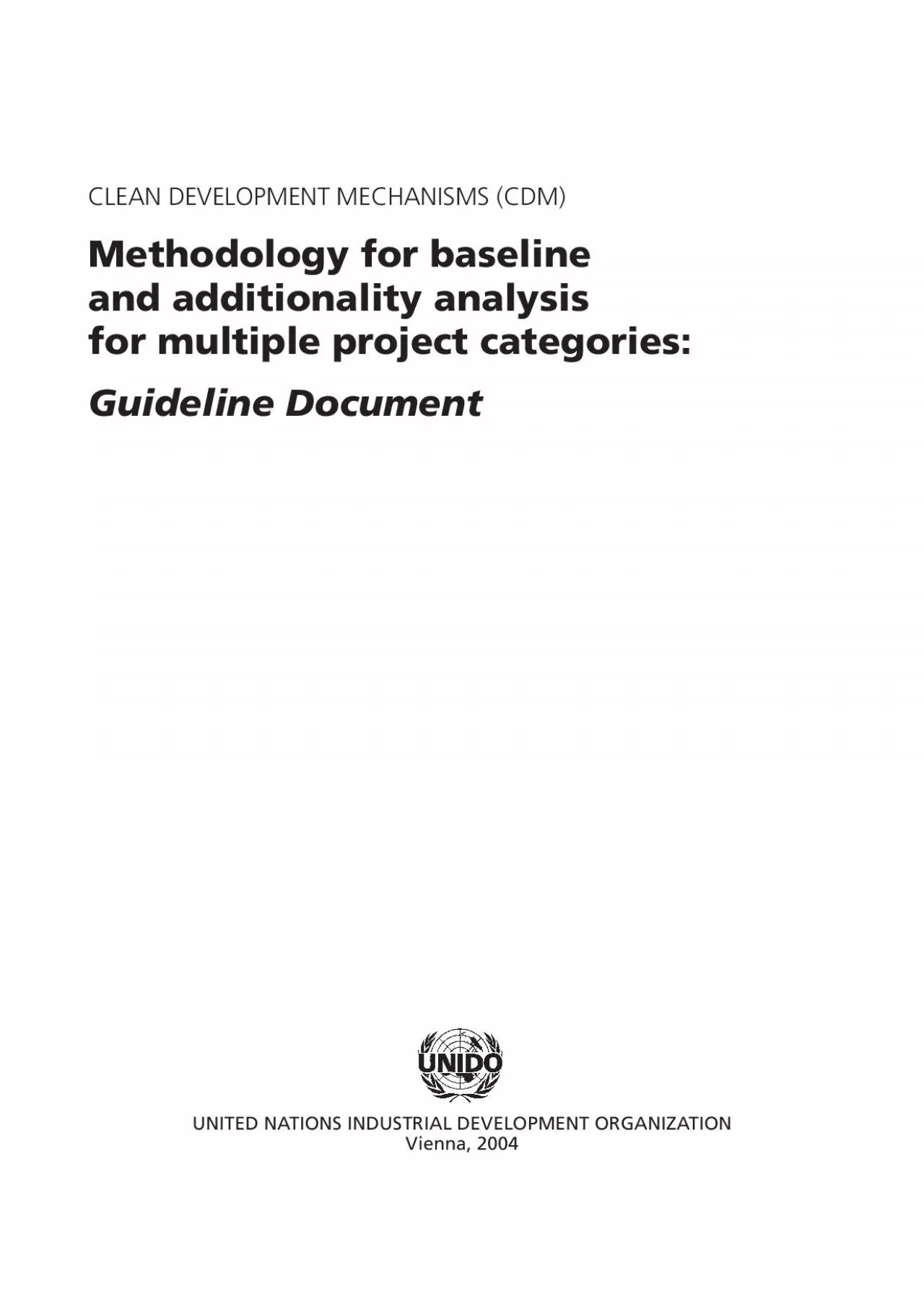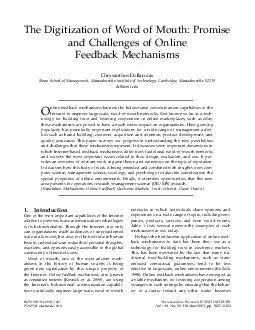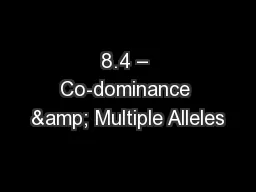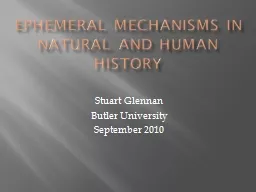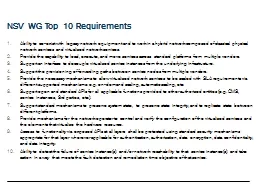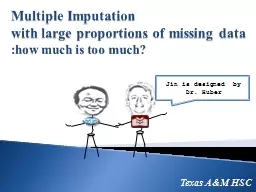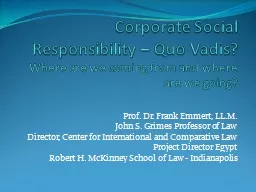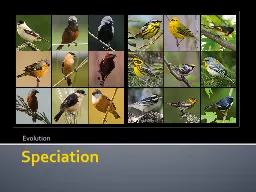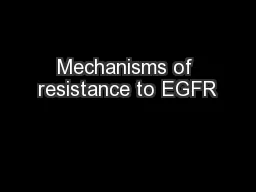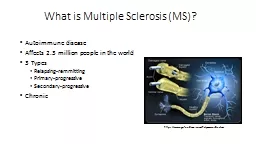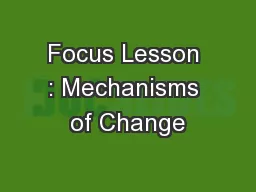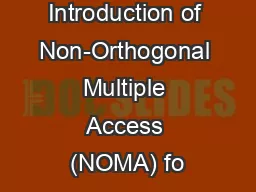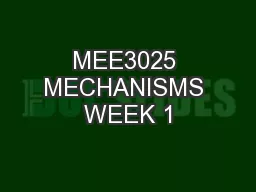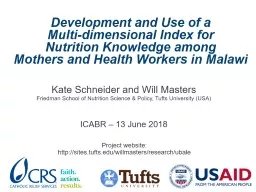PDF-CLEANDEVELOPMENT MECHANISMS CDMfor multiple project categoriesUNITE
Author : emma | Published Date : 2022-08-16
of any opinion whatsoever on the part of UNIDO concerning the legal status of any countryterritory city or area or of its authorities or concerning the delimitation
Presentation Embed Code
Download Presentation
Download Presentation The PPT/PDF document "CLEANDEVELOPMENT MECHANISMS CDMfor multi..." is the property of its rightful owner. Permission is granted to download and print the materials on this website for personal, non-commercial use only, and to display it on your personal computer provided you do not modify the materials and that you retain all copyright notices contained in the materials. By downloading content from our website, you accept the terms of this agreement.
CLEANDEVELOPMENT MECHANISMS CDMfor multiple project categoriesUNITE: Transcript
Download Rules Of Document
"CLEANDEVELOPMENT MECHANISMS CDMfor multiple project categoriesUNITE"The content belongs to its owner. You may download and print it for personal use, without modification, and keep all copyright notices. By downloading, you agree to these terms.
Related Documents

